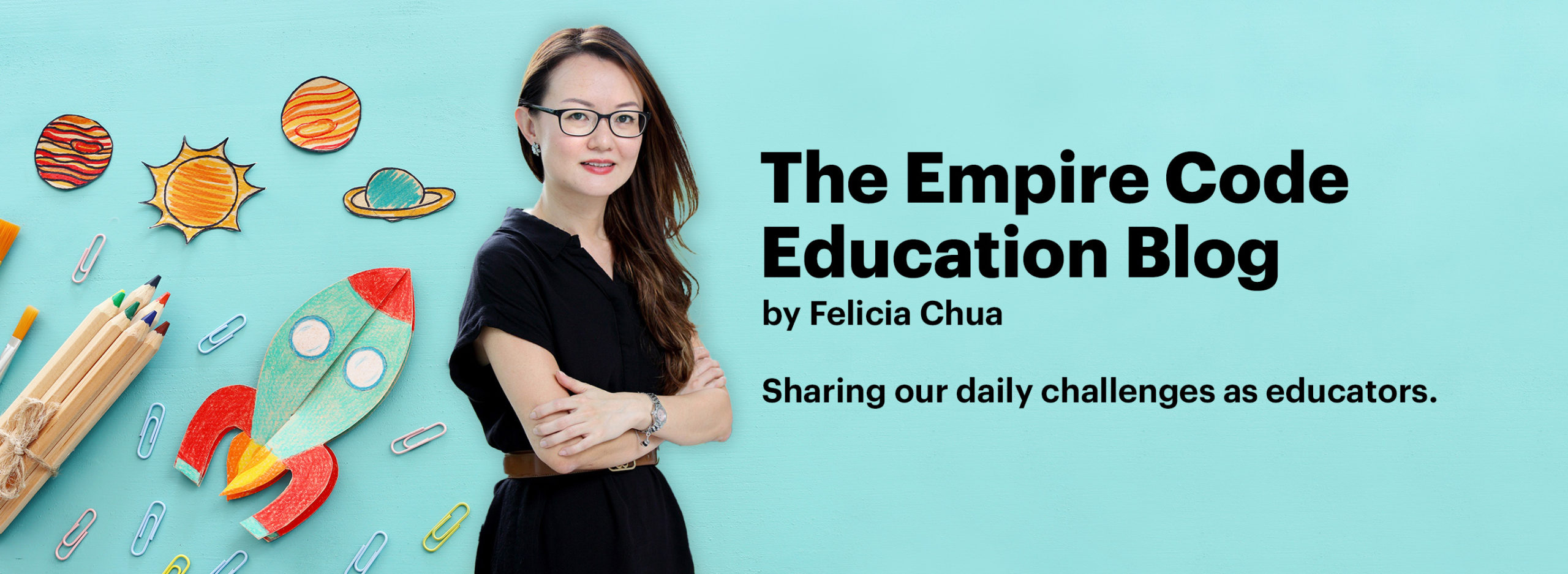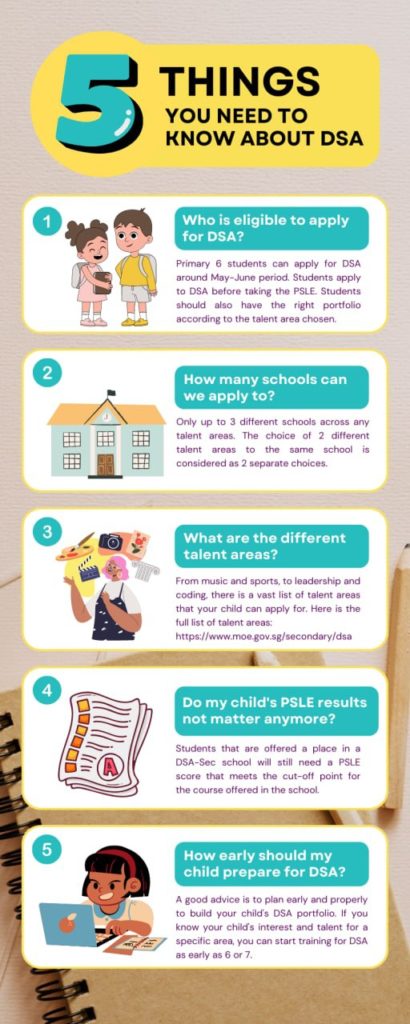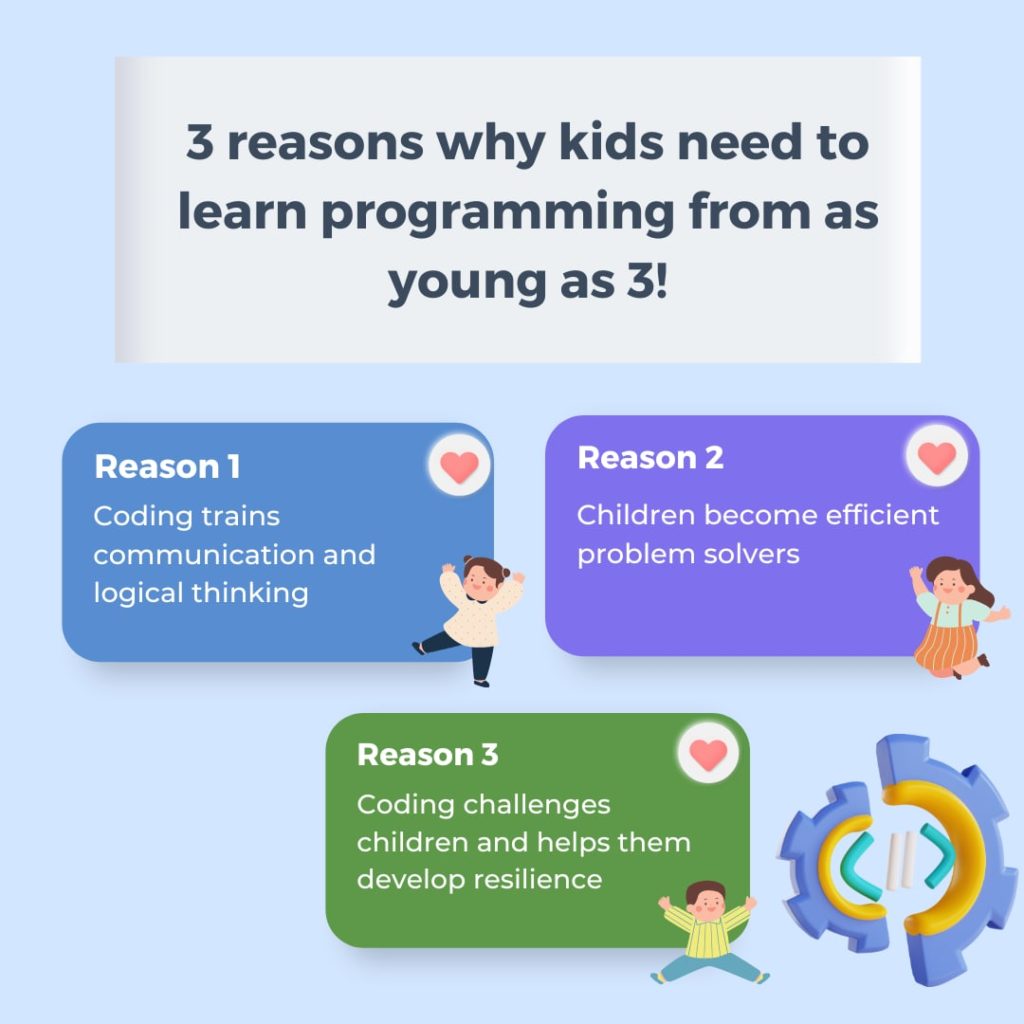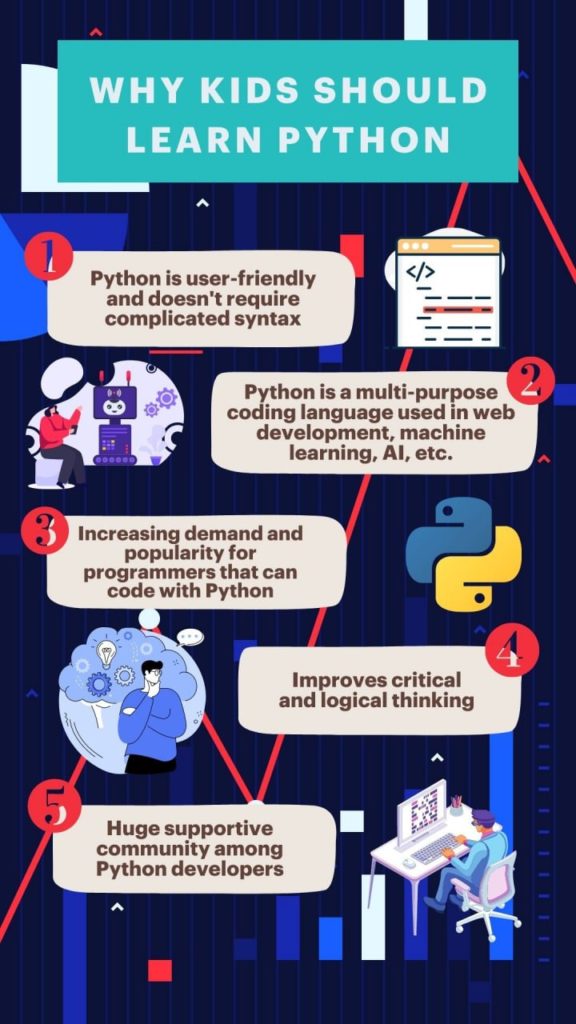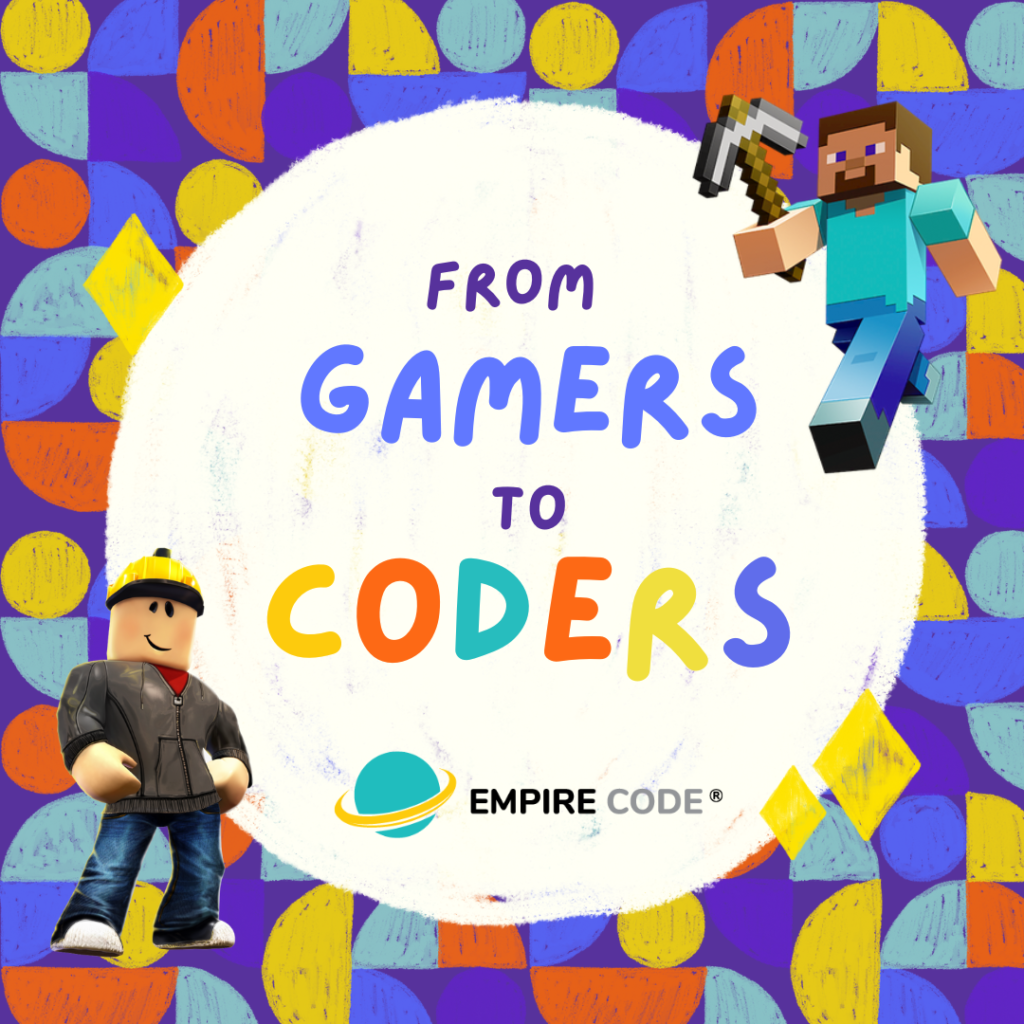
To all Parents: If you’re concerned that your kids’ love for playing Minecraft and Roblox might not be useful, fear not! These games offer far more than just entertainment value – they also offer opportunities to learn Coding and Game Development skills. In addition to coding, they also enhance skills such as critical thinking, problem-solving, and soft skills irreplaceable by AI: Creativity and Collaboration.
Schools have been weaving Minecraft and Roblox into class time, to complement science, history, math and many other subjects! Singapore schools have also incorporated Minecraft and Roblox into sessions, to relay tricky concepts in a fun & engaging manner. Utilising Minecraft Education Edition and Roblox Studio allows your children to pick up coding concepts, whilst having fun.
Minecraft is a game that allows players to build anything they want within the limits of the 3D world. The educational version of Minecraft, known as “Minecraft: Education Edition”, offers a block-based programming platform that allows students to code their very own educational games. It offers a user-friendly interface for kids to learn coding concepts in relatable ways, and encourages experimentation with concepts such as loops, conditional statements and functions, whilst they build their own virtual games.
Learning how to code using Minecraft helps students develop computational thinking, logical thinking, critical thinking and creative problem-solving skills. Minecraft can also complement skill sets in math and science. For math, students learn concepts such as coordinates and area. The requirements for precise dimensions and coordinates are the key to creating a successful game. For Science, Minecraft has a chemistry lab where students can use chemicals in the lab and explore the reactions of various chemicals.
Roblox studio, on the other hand, offers a more advanced coding experience through its embedded programming language: Lua. This platform allows users to develop their own games, create assets and program the game logic from scratch. Lua is a powerful coding language that is used in a variety of industries such as gaming and web development. Through this, students can gain a solid foundation in syntax programming, which can be applied to more advanced coding languages such as Python and Javascript. Furthermore, they can also learn 3D modeling skills by creating their models through Blender and importing these models in Roblox. Additionally, Roblox has multiplayer environment features which encourages collaboration and problem-solving skills amongst players.
Learning how to code using Minecraft and Roblox opens up a world of opportunities for students. Coding is a valuable skill that is in high demand in today’s age, and by learning how to code through Minecraft and Roblox, kids can gain a competitive edge in their future careers. Furthermore, who doesn’t like to learn in a fun way? Beyond career benefits, learning to code complements their education, and develops life skills such as critical & logical thinking; essential skills they can use in any industry they find themselves in. With the growing demand for coding skills, it is never too late to learn how to code. Let your kids unleash their creativity and use their love for Minecraft and Roblox to do something productive! Sign up for our FREE Minecraft and Roblox trial classes now! Contact us at +65 8145 5004 to book a trial class.
Sources:
- https://education.minecraft.net/en-us/discover/impact#:~:text=Minecraft%20Education%20prepares%20students%20for,nurturing%20a%20passion%20for%20play.&text=Build%20empathy%20and%20learn%20digital%20citizenship.
- https://moonpreneur.com/blog/educational-benefits-of-roblox/
- https://funtech.co.uk/latest/11-reasons-why-minecraft-is-educational-for-kids
